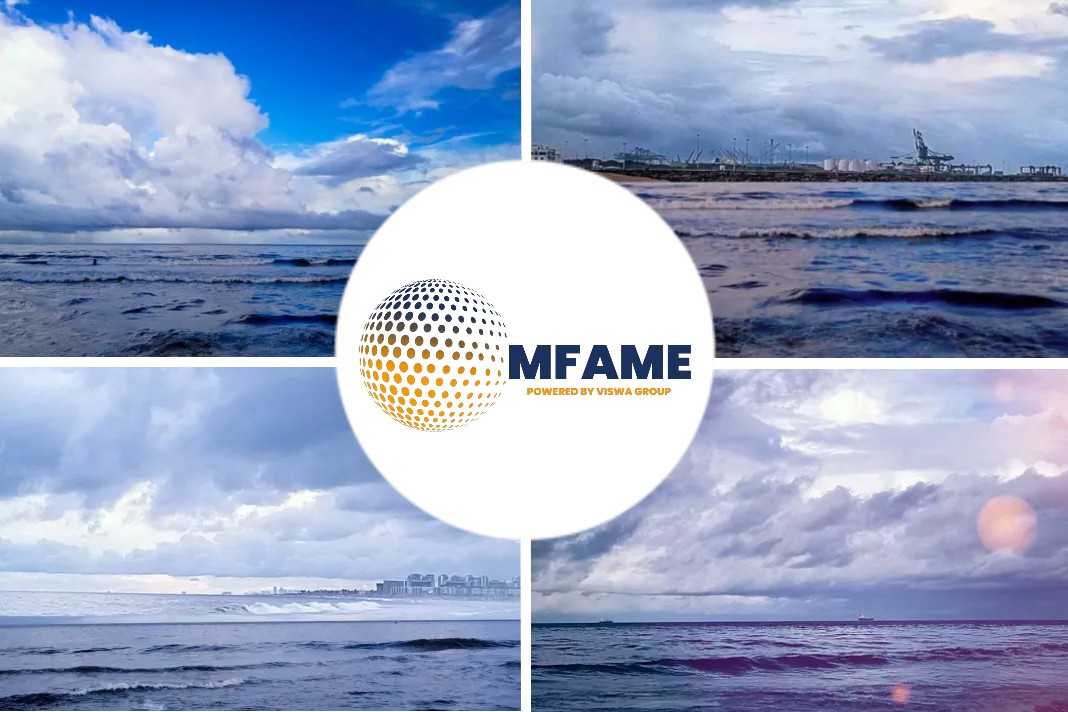- “First pile driving” as starting signal for Germany’s first LNG terminal
- FSRU with a capacity of up to 7.5 billion m³ per year will cover around 8.5 percent of Germany’s gas demand
Federal Minister Robert Habeck and the Lower Saxony Ministers Olaf Lies and Bernd Althusmann set the “first pile driving” for the construction of the first terminal for liquefied natural gas (LNG) in Germany. Uniper, as builder and operator of the terminal, will invest around €65 million, says a press release published on their site.
Floating storage and regasification units
In addition, in a symbolic act and in the presence of all contractual partners, a letter of intent (LOI) was signed for the chartering of two floating storage and regasification units (FSRU). Uniper had optioned both FSRUs on the market for the federal government.
In addition, an agreement was signed between the federal government and the state of Lower Saxony on the expansion of Wilhelmshaven into a green energy hub for Germany. Uniper is supporting this project with its on-site projects – in the short term in the form of the LNG terminal, and in the medium and long term in the form of the Green Wilhelmshaven project.
Phase 1 until winter 2022/2023
Phase 1 of the LNG terminal model provides for the regasification of LNG via an FSRU that can be connected to the existing “Umschlagsanlage Voslapper Groden” (UVG) sea bridge. There, the LNG will be converted into gaseous natural gas. The gas will then be fed into the German natural gas pipeline system.
For this project phase, the existing UVG has to be adapted and a connection between the FSRU and the onshore facilities has to be established (so-called ship-to-shore interface). The adaptation of the UVG will be carried out by Niedersachsen Ports GmbH & Co. KG (NPorts) in close cooperation with Uniper.
The connection to the natural gas pipeline system 28 kilometers away and thus also to the Etzel natural gas storage facility is currently being implemented by Open Grid Europe GmbH (OGE) and should be completed as soon as possible. With a capacity of up to 7.5 billion m³ per year, around 8.5 percent of Germany’s natural gas requirements are to be landed in Wilhelmshaven in the future.
Phase 2 until 2025
In a second project phase, a permanent and expanded port solution for the FSRU is to be implemented in parallel to the existing UVG. The plan is to provide additional
unloading and handling facilities for green gases, e.g. ammonia, in order to be able to utilize the full potential of this new infrastructure project in Wilhelmshaven (“Green Wilhelmshaven”). The green ammonia is either transported away directly by rail or converted back into hydrogen on-site via so-called crackers. The port infrastructure of NPorts and the
Uniper-owned site enable the joint construction and operation of both the LNG and ammonia terminals.
Towards desired energy independence
Klaus-Dieter Maubach, CEO of Uniper: “Russia’s war against Ukraine has turned the world we live in upside down – this is especially true for the energy industry. We are doing our utmost to support the German government in its plan to diversify Germany’s sources of supply for natural gas and, in the long term, also for hydrogen.
With our LNG terminal, we are taking an important step – in close cooperation with the German government – towards the desired energy independence.
In doing so, we are relying on our expertise as a global LNG player and gas trader. In the medium and long term, we are developing Wilhelmshaven into the energy hub of the future, with a focus on hydrogen and green gases.”
Did you subscribe to our daily Newsletter?
It’s Free! Click here to Subscribe
Source: Uniper

















